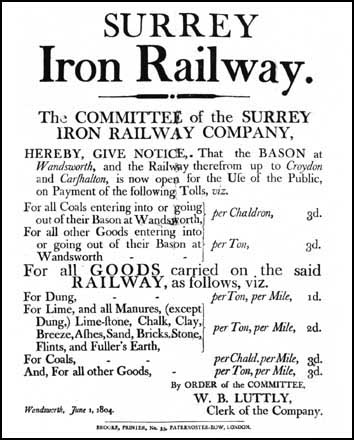I know you Scots won't like it but the Russian gal has still got you beat.
Interesting that they thouht of germs, how very hygenic. was it the last time they did biological decontamination?
Yes, we just rely on the airing qualities of the kilt you see! That and a good whisky rubdown from a redheaded Scots lass.













